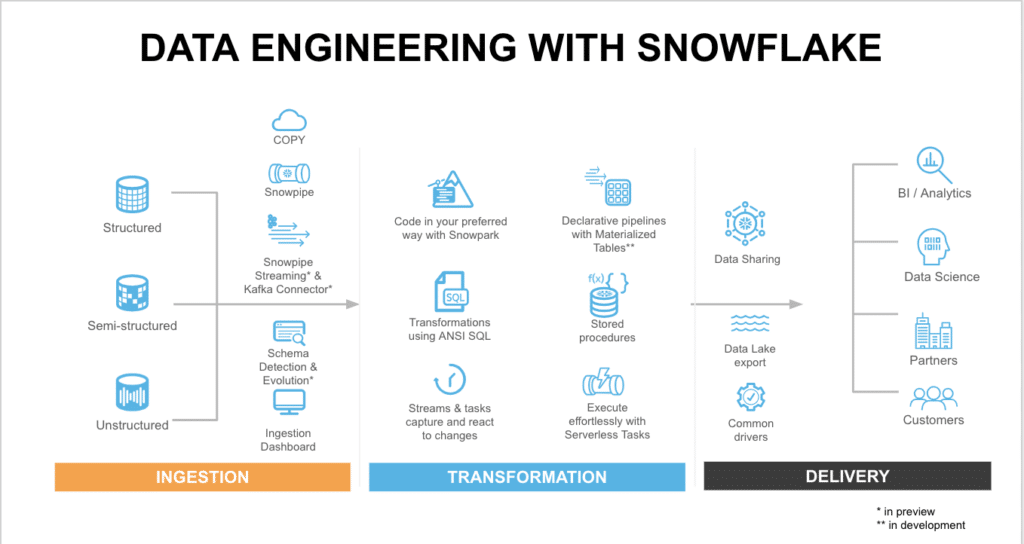We have discussed extensively how AI technology is transforming the programming profession. One significant advantage of AI is its assistance in making program testing easier for developers. This is why programmers are projected to invest over $12.6 billion in AI code test tools by 2028.
Interestingly, generative AI has not had a major impact on test automation. Microsoft has integrated highly advanced AI into Office and Windows production versions, illustrating how AI can be beneficial in environments with low code requirements.
With the introduction of a new search engine powered by generative artificial intelligence, is software testing becoming more complex? Are the current methods of test automation superior? Not necessarily.
Contrary to many manual software testers, test automation experts have often overlooked the potential of AI. A lot of these engineers are now focusing on learning Java and familiarizing themselves with test frameworks to aid the engineering team’s progress. Proficient in languages like Python or Java and skilled in using test frameworks such as Selenium, Appium, or Playwright, test automation veterans take pride in their abilities.
For these technologists, artificial intelligence has always been somewhat of a mystery, requiring extensive training and significant processing power to fully comprehend. While they have been comfortable staying within their area of expertise, the introduction of generative AI has disrupted their equilibrium in several ways.
The Future of test automation
As the ability to generate basic Java/Selenium tests with AI becomes more common, some fear that their skills may no longer be necessary. They argue that the generated code requires human oversight and “meticulous curation,” casting doubt on the reliability of AI output. However, this perspective fails to capture the full picture.
Instead of viewing AI as a replacement, it should be seen as a powerful ally. While AI excels at automating repetitive tasks, it lacks the human capacity to understand context, user behavior, and the overall application landscape. Human testers will still be essential for addressing complex decision points, edge cases, and specific testing scenarios. In essence, there will continue to be a demand for experts who can leverage languages like Java to complement AI.
Therefore, the future of test automation lies not in complete automation but in a collaboration between AI and human testers. Testers can utilize AI to generate basic scripts, freeing up time for strategic testing activities. They can focus on:
- Designing comprehensive testing strategies: Identifying critical user journeys, prioritizing test cases, and defining success criteria.
- Defining complex testing scenarios: Human testers can address edge cases and intricate testing logic where AI may struggle.
- Analyzing and interpreting test results: Human testers are better equipped to understand root causes, prioritize bugs, and ensure quality.
As AI evolves, so will the role of testers, shifting from coding to providing critical judgment and strategic direction. Testers will become test architects, using AI as a powerful tool to maintain high software quality. This collaborative approach will enhance the testing process, rather than being a zero-sum game.
The speed and cost advantage of AI-powered test automation
The speed and cost efficiency of AI-powered test automation far surpass traditional manual methods. Studies have shown that AI can generate test code significantly faster, potentially 10x to 100x faster than an experienced human programmer. This leads to a substantial reduction in development time and resources.
However, it is important to recognize the potential accuracy limitations of AI-generated code. While it may be cheaper, frequent flaws in the generated tests (even at a 1% or 10% error rate) could negate cost savings by requiring extensive manual validation and rework.
Knowing the front lines: What Is test coverage?
Understanding software test coverage is crucial before leveraging generative AI. It is a measurement used in software testing to indicate how much of a program’s source code has been tested.
“High coverage reduces the likelihood of undiscovered bugs by showing that a larger portion of the code has been evaluated.”
What makes it important?
Knowing which parts of the code have been tested makes it easier to identify areas that require more testing. This reduces risks, improves software quality, and ensures that the final product meets expectations.
“High test coverage ensures a high-quality product by reducing the likelihood of undetected bugs in production.”
For example, opening a banking app without thoroughly testing the fund transfer function could lead to financial losses for consumers if defects go unnoticed.
The imperfect reality of test code: Many test codes, whether manual or automated, have room for improvement in terms of architecture and stability. This presents an opportunity for AI to offer a fresh perspective and potentially enhance existing test codebases.
Resistance to change and confirmation bias: Testers, like other professionals, may be hesitant about AI disrupting their established workflows. Some may quickly dismiss AI’s potential impact without fully exploring its capabilities due to confirmation bias.
Underestimating AI’s self-improvement capability: The idea of AI checking its own generated code is intriguing. Modern AI tools have the ability to learn and refine their output with feedback. Dismissing AI-generated code without this iterative process overlooks a significant opportunity.
Know your collaborator: Generative AI
Generative AI is a class of AI that can produce new data resembling the provided data. Using existing data, these models generate new data with similar yet distinct patterns, structures, and attributes. Text, images, and videos are common examples.
Generative AI implementation for software test coverage
Addressing requirement gaps: Fill in gaps in requirements by predicting potential bugs and analyzing missing requirements.
Proactive defect identification: Thoroughly examine requirements to proactively identify potential defects within the application.
Trend analysis: Evaluate the software’s sensibility and identify patterns to enhance overall quality.
Defect prediction through test case review: Predict defects by reviewing test cases and addressing coverage issues.
Enhancing automation coverage: Improve and expand automation coverage to anticipate defects resulting from automation coverage issues.
Point of view
Software testing approaches have undergone a significant transformation with the integration of Generative AI in test case generation. AI enhances and automates the identification of test cases based on requirements and code analysis. This improves coverage and accelerates software evolution. As development teams leverage the power of Generative AI in testing, we are moving towards a future where software applications are not only innovative and feature-rich but also reliable and resilient in the face of constant change. Testing is evolving into an intelligent and essential component of the entire software development lifecycle, thanks to the collaboration between human expertise and artificial intelligence.






















